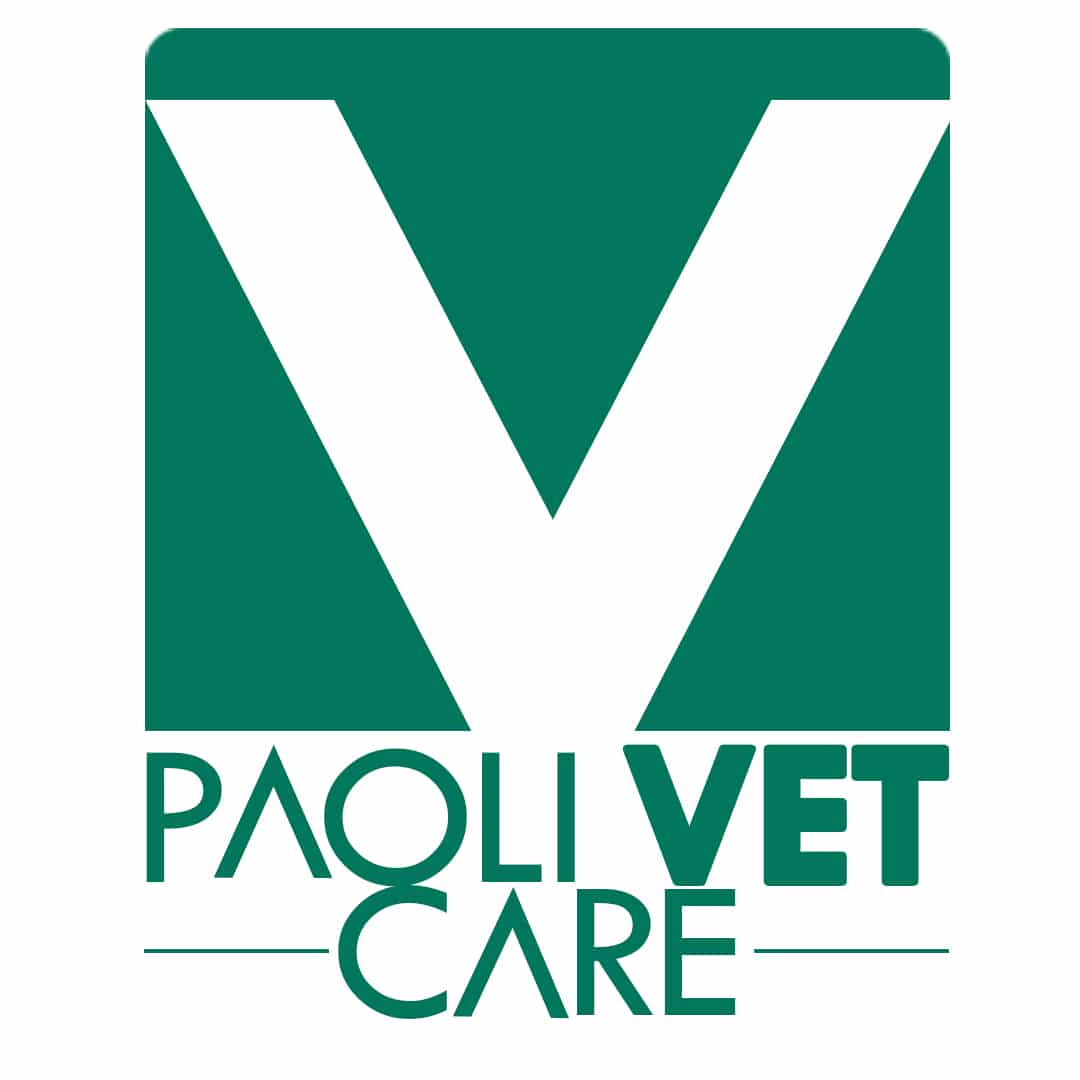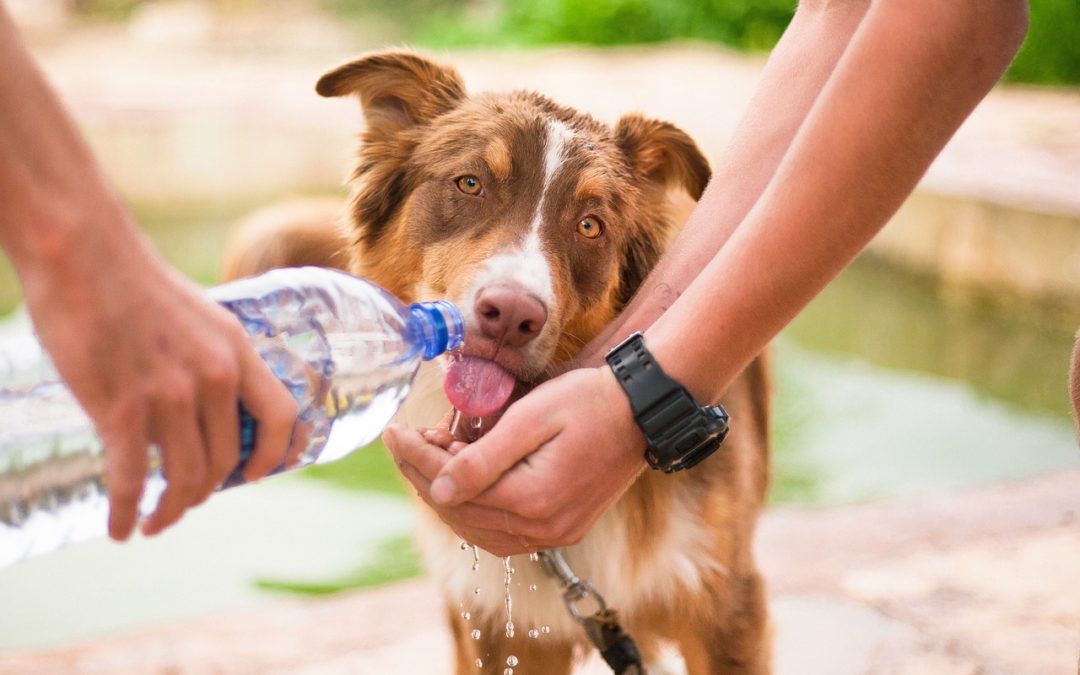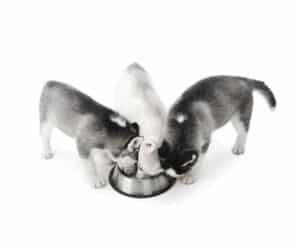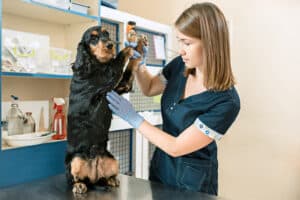Do’s and Don’ts of Pet Hydration
Table of Contents
What to Do
- If moderate or severe dehydration, seek veterinary attention. (See below for how to assess if dehydration is potentially severe in your pet.)
- If dehydration is mild and the pet is not vomiting, give frequent, small amounts of water by mouth; that means in the range of 1 tsp for a cat or small dog to 1 tbsp to 1/4 cup for a medium to large dog every few hours.
- If your pet is lethargic, in pain, or has not eaten for 24 hours, seek veterinary attention.
What NOT to Do
- Do not allow your pet to have immediate free access to large amounts of water or other liquid.
- Do not feed your pet any dry food until directed to do so by a veterinary professional.
Signs of Dehydration in Pets
Vomiting, diarrhea, hypothermia, and fever are all symptoms that can accompany dehydration. If prolonged, no access to water can lead to more severe problems.
Dehydration can be detected by several tests:
- Mouth: Are the tongue and gums moist or dry? If they are dry, there is a chance your pet may be dehydrated. Is the saliva thick or ropey? Normally, saliva is quite watery and hardly noticeable.
- Eyes: Are they normal, or do they sink into the sockets? Sunken or dry eyes may indicate dehydration and warrant veterinary attention.
- Skin: Do the skin turgor test outlined in the Physical Exam Checklist. If the skin is slow to return to position, the pet may be moderately to severely dehydrated. If the skin does not return fully to its position, your pet may be severely dehydrated and may be in critical condition. Seek veterinary attention immediately. The skin turgor test is not always accurate and several factors such as age, weight loss, and condition of the skin can give misleading results. A veterinary professional can help you determine how dehydrated your pet is, what the cause may be, and the best course of treatment.
It’s very important to be able to recognize the signs of dehydration, especially during the summer months. Hot summer days can make your dog lose excess water, and if you suspect your furry friend is dehydrated, it’s important that you reach out to Paoli Vetcare right away. Take your pet for a vet check-up!
Since dehydration occurs as a loss of fluid, it’s often paired with illnesses that are caused by extreme heat.
Common symptoms of dehydration can be:
-
- Excessive Panting
- Loss of Energy
- Sunken or Dry Eyes
- Dry, Sticky Gums
- A Loss of Appetite
Less Skin Elasticity—you can check this by measuring your pet’s scruff, and if it feels different or doesn’t return as normal when pinched, they may be severely dehydrated.
Tips for Preventing Dehydration in Your Pet
The best way to prevent dehydration in your pet is to steer them clear of the condition: make sure your pet always has access to clean water, especially when you go on walks or long adventures. Depending on your dog, they might need more water than others—this goes double for picky drinkers. It’s a good idea to flavor water with bone broth or bring ice cubes if you aren’t confident that your pet will drink while you’re out and about.
There are plenty of things you can do to prevent your pet from becoming dehydrated this summer. Here are some of Paoli Vetcare’s top tips for keeping your furbaby happy, healthy, and hydrated:
Constant Access To Water: While this step might seem obvious, the hotter it gets the more access your pet needs to unlimited fresh drinking water. A single water dish might be enough—you should place various dishes around your house and ensure they remain full and clean throughout the day. You can even use ice cubes or cooling mats to ensure the water stays cool longer.
Bring Water Wherever You Go: You don’t want to go on a long walk without water, and neither does your dog. If you take your pet with you when you leave the house, you need to ensure that you bring bottles of water and a water dish so that your baby can regularly drink.
Reduce Exercise In Extreme Temperatures: While nice weather is tempting, if it’s too hot it might be a bad idea to take your pet for their regular walk. Save walks for the evening or early morning so that your pet doesn’t have to be under direct sun or climbing temperatures.
Encourage Regular Drinks: Your pet might be thirsty but need encouragement. Your do is like a child, and kids often don’t drink water because they become busy or distracted. Offer water regularly and encourage your pet to drink.
Offer Canned Food: Don’t make drastic changes to your pet’s diet, but canned foods do contain 80% more moisture than dry food and can be an easy way to introduce more liquid into their body without them realizing it. If you’re concerned about a dietary change, reach out to Paoli Vetcare.
Conclusion
Depending on the season, weather, temperature, and exercise level, your dog might need more water on some days than on others. Dogs generally need one ounce of water per pound of body weight, and your Paoli Vetcare staff can clue you into what your dog needs based on their age, weight, and medical condition.
Please don’t hesitate to contact us with any questions you may have.








